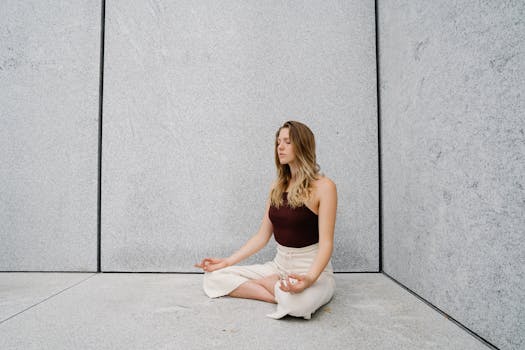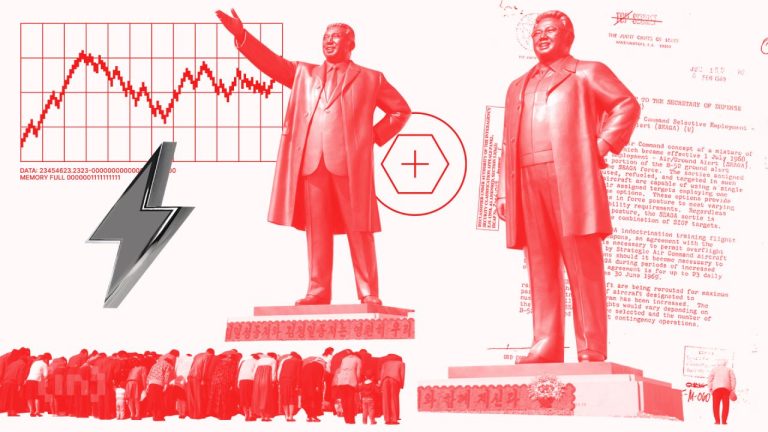
Unlocking Inner Peace: Essential Mindfulness Meditation Techniques
Takeaways: Mindfulness meditation is a powerful practice that can enhance your mental health and overall well-being. By implementing various techniques such as focused breathing, body scans, and mindful walking, you can cultivate a greater sense of awareness and tranquility in your daily life.
Mindfulness meditation is an ancient practice rooted in Buddhist traditions, but its benefits are universal and applicable to anyone seeking to improve their mental health and emotional resilience. In this article, we will explore several mindfulness meditation techniques that can help you cultivate awareness, reduce stress, and enhance your overall well-being.
Understanding Mindfulness Meditation

The Benefits of Mindfulness Meditation
Numerous studies have highlighted the benefits of mindfulness meditation. Regular practice can lead to:
- Reduced stress and anxiety levels
- Enhanced emotional regulation
- Improved focus and concentration
- Greater self-awareness and insight
- Better physical health, including reduced blood pressure and improved immune function
By incorporating mindfulness meditation into your daily routine, you can experience these benefits and cultivate a greater sense of peace and well-being.
Essential Mindfulness Meditation Techniques
Now that we understand the importance of mindfulness meditation, let’s dive into some essential techniques that you can practice.
1. Focused Breathing
One of the simplest and most effective mindfulness meditation techniques is focused breathing. This technique involves concentrating on your breath, observing each inhale and exhale. Here’s how to practice it:
- Find a comfortable seated position, either on a chair or on the floor.
- Close your eyes gently and take a deep breath in through your nose.
- As you exhale, release any tension in your body.
- Begin to focus on your breath. Notice the sensation of the air entering and exiting your nostrils.
- If your mind wanders, gently guide your focus back to your breath without judgment.
- Practice this for 5-10 minutes daily, gradually increasing the duration as you become more comfortable.
Focused breathing helps anchor your mind and brings you back to the present moment, making it a powerful tool for stress relief.
2. Body Scan Meditation
The body scan meditation is a technique that promotes relaxation and awareness of bodily sensations. It allows you to connect with your body and release tension. Here’s how to do it:
- Lie down in a comfortable position, either on your back or side.
- Close your eyes and take a few deep breaths to relax.
- Begin by focusing on your toes, noticing any sensations or tension.
- Gradually move your attention up your body, from your feet to your head, pausing at each area to observe how it feels.
- If you encounter tension, imagine breathing into that area, relaxing it with each exhale.
- Complete the scan by focusing on your entire body as a whole, feeling the sensations of relaxation.
Body scan meditation helps enhance your body awareness and promotes a sense of calmness and relaxation.
3. Mindful Walking
Mindful walking is a technique that combines movement with mindfulness, allowing you to connect with your surroundings. It’s a great way to practice mindfulness while engaging in a physical activity. Here’s how to practice mindful walking:
- Choose a quiet space where you can walk without distractions, such as a garden or park.
- Stand still for a moment, taking a few deep breaths to center yourself.
- Begin walking slowly, paying attention to the sensations in your feet as they touch the ground.
- Notice the movement of your legs and the rhythm of your breath as you walk.
- Be aware of your surroundings—the sights, sounds, and smells—without getting lost in thoughts.
- Continue walking mindfully for 10-20 minutes.
Mindful walking allows you to experience your environment fully, promoting a sense of connection and presence.
4. Guided Meditation
For beginners, guided meditation can be a helpful way to ease into mindfulness practice. Guided sessions provide direction and support, making it easier to focus and stay present. Here’s how you can start:
- Find a guided meditation app or website that resonates with you.
- Select a session that aligns with your goals, whether it’s stress reduction, sleep, or self-compassion.
- Find a comfortable position and follow the guide’s instructions, allowing yourself to be led through the process.
- Practice regularly to deepen your experience and understanding of mindfulness.
Guided meditation can be a wonderful gateway into the practice of mindfulness, helping you to build confidence and familiarity.
Incorporating Mindfulness into Daily Life

- Mindful Eating: Pay attention to the taste, texture, and aroma of your food. Chew slowly and savor each bite.
- Mindful Listening: When conversing with others, give them your full attention. Listen without planning your response while they speak.
- Mindful Technology Use: Set boundaries for your technology use. Take breaks from screens and engage fully in your surroundings.
- Mindful Cleaning: Turn mundane tasks like cleaning into opportunities for mindfulness by focusing on the sensations and movements involved.
- Mindful Commuting: Use your commute as a time for mindfulness. Focus on your breath or observe your environment as you travel.
By incorporating these practices, you can create a more mindful and fulfilling life, enhancing your overall well-being.






